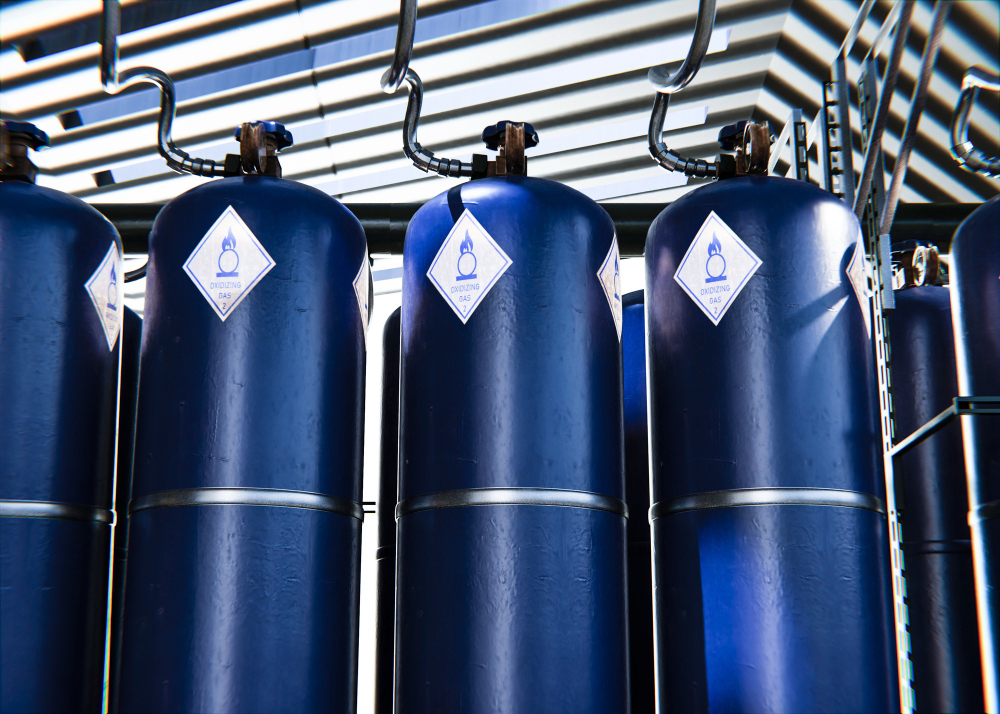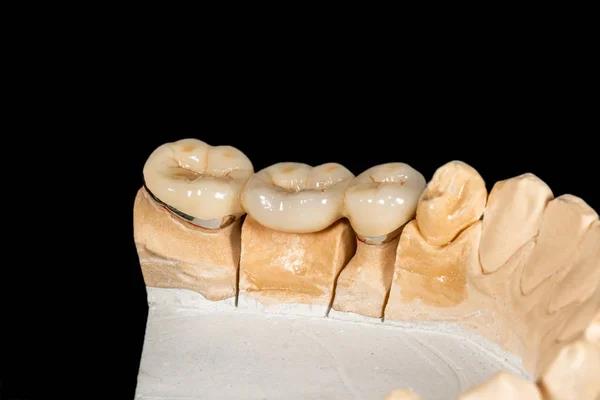Distinguishing Vacuum Jacketed Hoses from Cryogenic Hoses

Strong 8k brings an ultra-HD IPTV experience to your living room and your pocket.
Cryogenic hoses and vacuum-jacketed hoses may initially appear to be extremely similar items. Cryogenic fluids such as liquid nitrogen, carbon dioxide, argon, oxygen, and hydrogen are transferred using both of them. Corrugated stainless steel tubing is commonly used in the construction of both kinds of hoses. LNG Cryogenic Hoses have the advantage of being constructed from materials that can withstand cryogenic temperatures. A non-compatible hose may freeze, crack, become otherwise unsuitable, or even become dangerous if it is used with cryogenic liquids or gasses.
Cost vs Performance
Cryogenic transfer hoses are usually less expensive than insulated hoses, such as vacuum jacketed hoses, because they are single-walled and uninsulated. However, locating and shipping cryogenic liquids can be costly. Significant volumes of material can be lost due to boil-off in non-insulated tubing. Single-walled cryogenic hoses may appear to be less expensive at first, but they could lead to a system that is less efficient in terms of heat and ultimately requires more expensive materials.
Safer External Surface Temperatures
Vacuum jacketed hoses not only reduce condensation but also enhance cleanliness and safety. Strong and potentially hazardous substances are cryogenic fluids. LNC Cryogenic hose temperatures can cause "burns" on the skin that instantly destroy living tissue. (You will be familiar with this occurrence if you have ever had a wart that "froze off."). Heat insulation is a feature of vacuum jacketed hoses, which contributes to the maintenance of safer outside touch temperatures.
Insulated vs Non-insulated
Cryogenic transfer hoses and vacuum jacketed transfer hoses are very different items, even though they are manufactured of the same materials and have comparable uses. The main distinction between cryogenic hoses and vacuum jacketed hoses is that the former are non-insulated, while the latter is.
Hoses for cryogenic transmission are flexible, single-walled tubes without any heat insulation. Double-walled corrugated hoses are known as vacuum-jacketed hoses. An air gap is created between the two hoses, creating a vacuum barrier. By minimizing heat transfer, this vacuum barrier helps preserve cryogenic materials and lessens condensation and frost.
Lowering Losses from Boil-off
Because vacuum jacketed hoses reduce boil-off, they can save money over time. The term "boil-off" describes the cryogenic materials that evaporate. In an open system, they can easily evaporate, and in a closed system, they can exit through a pressure release valve. These boil-off material losses are practically unrecoverable once they are released. Rather, to make up for the lost resources, new cryogenic materials will need to be produced or acquired.
Cryogenic fluids must be maintained at or below their boiling point, which can be quite low, to avoid boil-off losses. For instance, at -196°C (-321°F), liquid nitrogen starts to boil and turn into a gas. As you may guess, the production, transportation, and storage of cryogenic fluids can be costly due to these stringent thermal requirements. To create a thermally efficient cryogenic system with the fewest possible boil-off material losses, high-performance insulation is needed.
Lowering Mold, Rust, and Condensation
The thermal performance of vacuum-jacketed, double-walled cryogenic transfer hoses is consistently superior to that of single-walled hoses. Many of the advantages are immediately apparent to anyone who is near the hoses. One of the first things you may notice is that the vacuum-jacketed hose's outside is free of frost and fog. Single-walled cryogenic transfer pipes allow moisture to build up and possibly even begin to drop onto adjacent equipment or the floor as a result of the quick building of frost.
A recurring issue in many cryogenic applications is condensation. Apart from creating a minor disturbance, the build-up of water may result in more severe issues. For instance, a rise in moisture might raise the chance of corrosion and mold growth. Vacuum-jacketed hoses drastically cut down on condensation, which lowers total water buildup and, eventually, lowers the chance of corrosion and mold over time.
Note: IndiBlogHub features both user-submitted and editorial content. We do not verify third-party contributions. Read our Disclaimer and Privacy Policyfor details.





